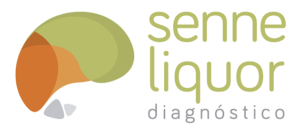The influenza virus has historically been associated with cases of narcolepsy. Narcolepsy is a sleep and neurologic disease characterized by excessive daytime sleepiness, cataplexy, hallucinations, sleep paralysis, and sleep fragmentation. Recent Chinese study demonstrated a 6.7-fold increased risk of developing narcolepsy after H1N1 pandemic vaccination in 2009.
Just Pandemrix1 vaccine has been related to increased risk of narcolepsy. Pandemrix1 is a monovalent vaccine developed by GlaxoSmithKline (GSK) – that contains an immune adjuvant called AS03 that has the function to increase the immune response – to influenza pandemics in 2009.
Studies show higher risk of narcolepsy and cataplexy after H1N1 pandemic vaccination in Sweden, Finland, and Canada.
In Brazil about 25% of the population was vaccinated by Pandemrix.
An autoimmune response to development of narcolepsy or other CNS injuries can have genetic susceptibility. The higher prevalence of HLA-DQB1*0602, which is present in 88%-98% of patients with narcolepsy and cataplexy is an example. The immunological theory of narcolepsy defends an attack against hypothalamus with consequent lost of hypocretin cells.
It is possible that narcolepsy and CNS lesions described by Lessa at “complications after H1N1 influenza vaccination: magnetic resonance imaging findings”. after H1N1 immunization have common immunological pathophysiology1. Should be very interesting to check which kind of H1N1 vaccine was used in these four patients.



